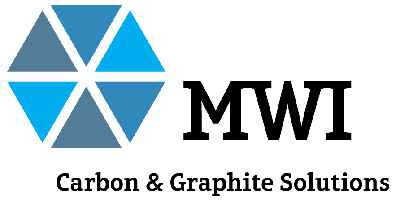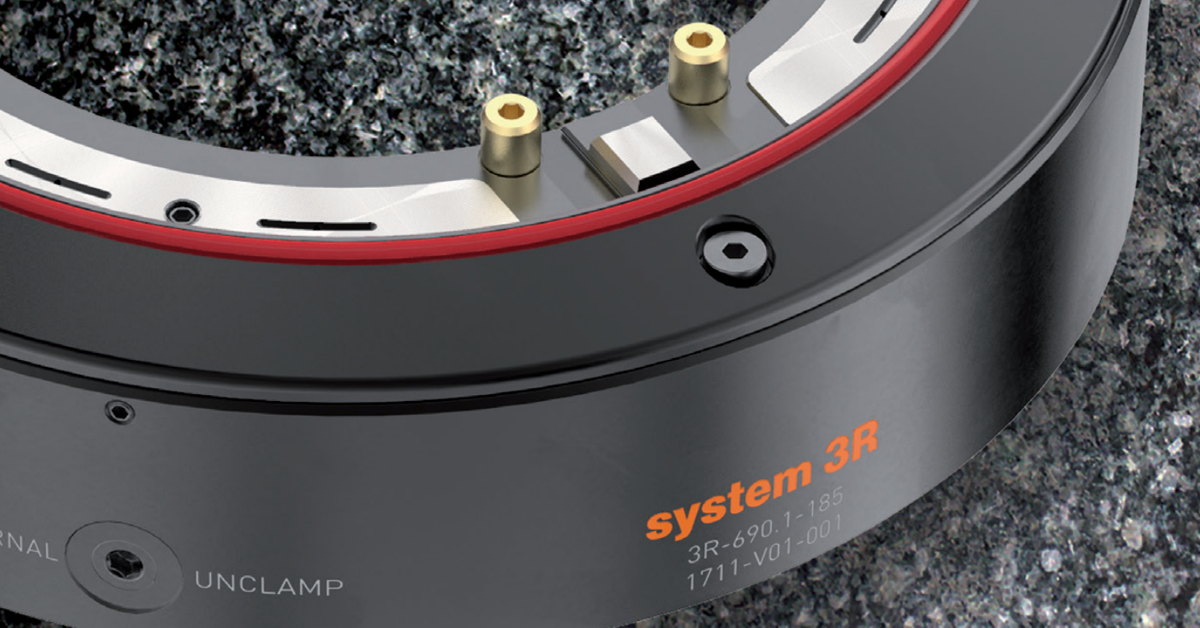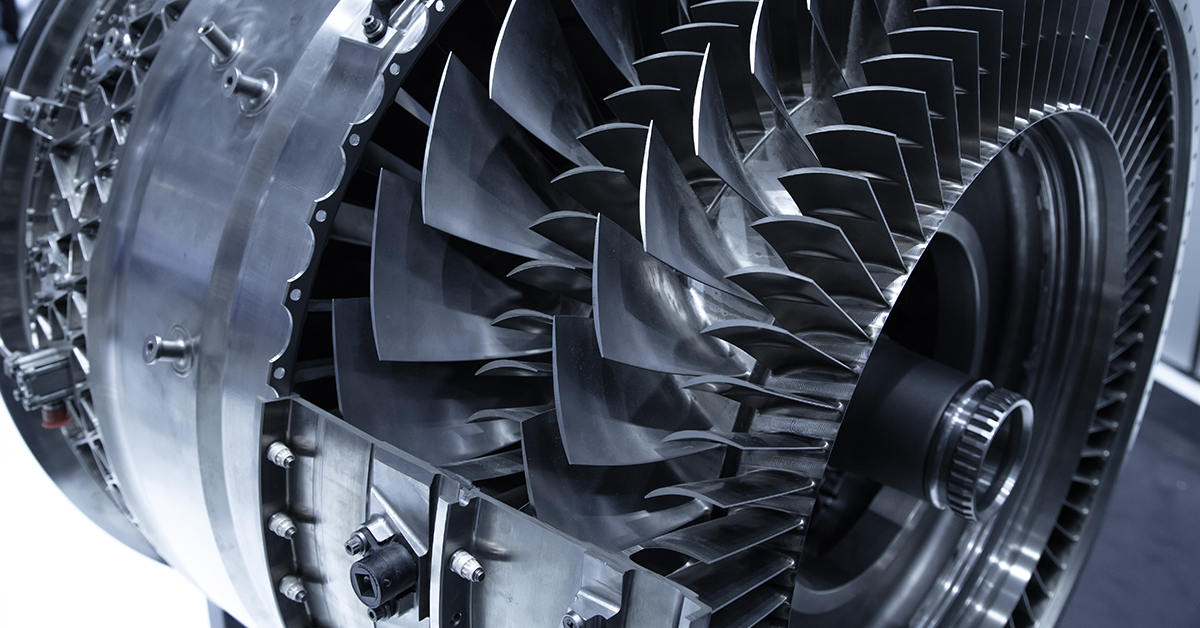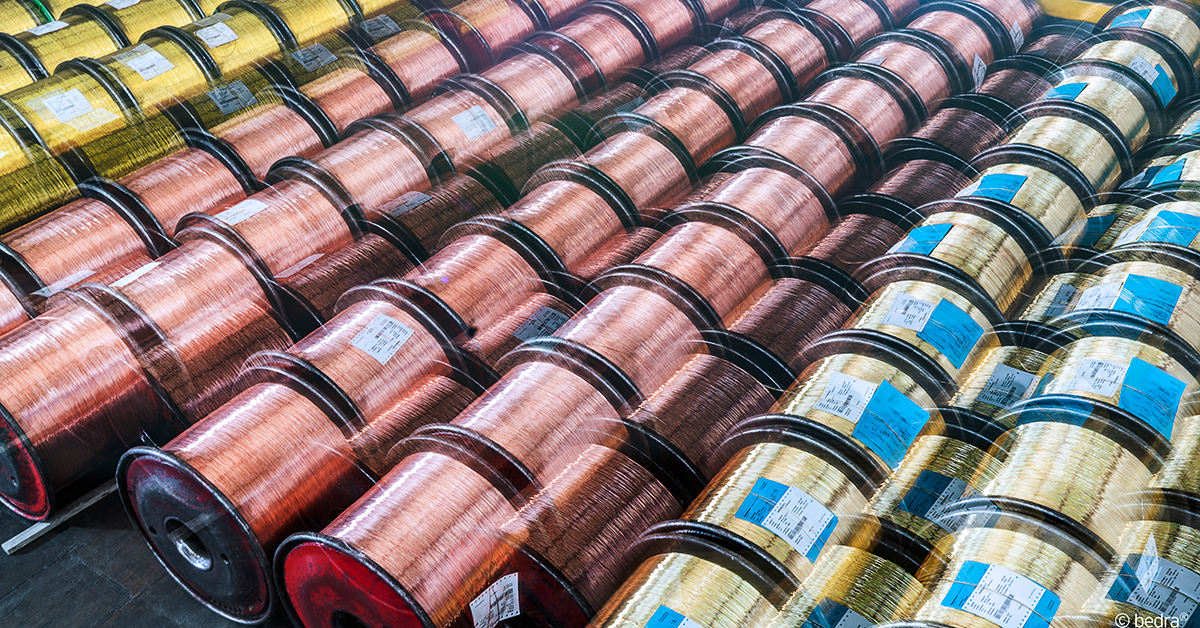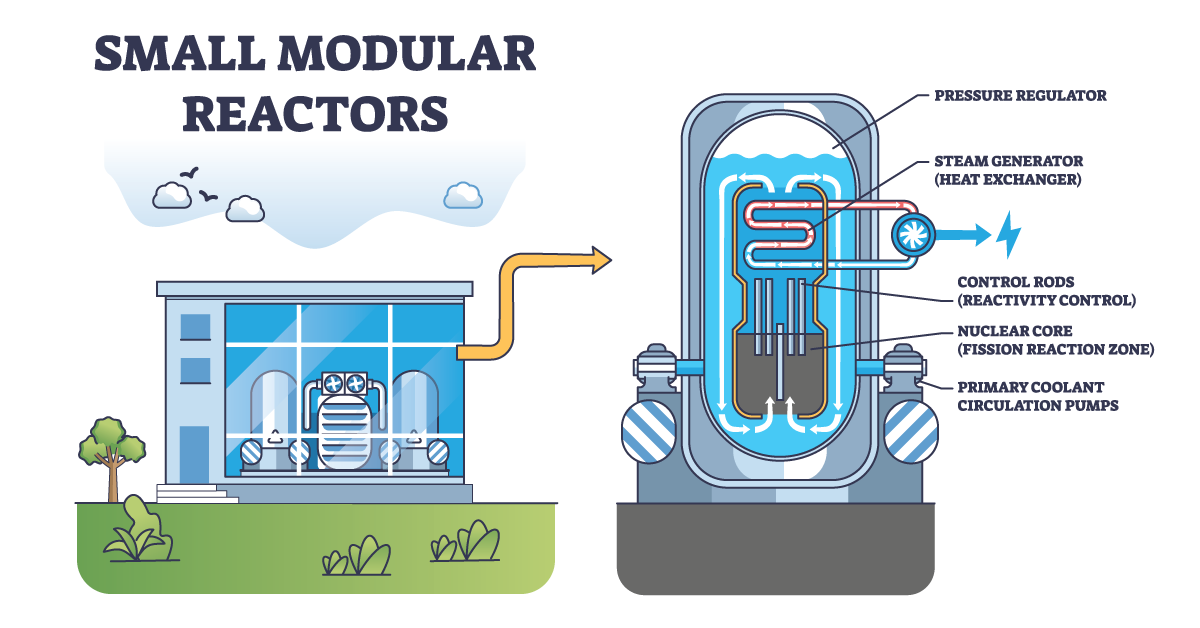In today’s fast-paced manufacturing environment, precision and efficiency aren’t just competitive advantages — they’re requirements. Downtime caused by lengthy setups can bottleneck productivity, reduce spindle uptime, and ultimately cut into profitability. That’s why shops across industries are turning to System 3R, a tooling solution designed to simplify setups, maximize repeatability, and deliver what they call “One Minute Set-Up.”
What is System 3R’s Reference System?
At the core of System 3R’s value is its reference system — a universal interface that allows workpieces to be preset away from the machine. Instead of spending valuable spindle time adjusting and aligning parts on the shop floor, operators can prepare everything externally.
This transformation of internal setup time into external setup time ensures that machines stay productive, not idle. By standardizing setups across different processes, System 3R maximizes uptime and keeps workflow moving seamlessly.
“One Minute Set-Up” in Action
System 3R describes its quick-change tooling as the manufacturing equivalent of a Formula One pit stop. Just as a race car can get four new tires in seconds, machine operators can change parts and electrodes in about one minute.
The result? Less downtime, more throughput, and a streamlined workflow that eliminates unnecessary waiting.
Setup Time Savings and ROI
The financial impact of faster setups is measurable. Consider this example:
- Before System 3R: 3 setups/day × 30 minutes = 90 minutes lost daily
- With System 3R: 3 setups/day × 2 minutes = 6 minutes lost daily
That’s a savings of 84 minutes per day. Over 200 working days, one machine could save up to $16,800 annually (based on $60/hour labor cost). Multiply that across multiple machines, and the ROI becomes undeniable.
Precision Benefits and Repeatability
Beyond speed, System 3R ensures world-class precision.
- Repetition accuracy within 0.002 mm
- Sub-micron consistency using advanced tooling such as Macro and Matrix systems
This consistency not only improves part quality but also builds confidence in repeat runs and complex production demands.
CHECK OUT SYSTEM 3R “AT A GLANCE” BROCHUREVersatile Tooling for Various Production Needs
System 3R offers solutions across multiple applications, making it highly adaptable for diverse manufacturing environments:
- Parts Production: Stable, exact reference systems minimize idle time.
- EDM & Electrode Manufacturing: Maintain the same reference system across machining processes.
- Wire EDM, Additive Manufacturing, Powder Compacting: One system covers a wide spectrum of production.
Automation Integration & Factory Optimization
System 3R’s tooling becomes even more powerful when paired with automation. Solutions like WorkPal 1, WorkPartner 1+, and 6-Axis Transformer robots allow for scalable, lights-out production.
By combining automation with reference systems, manufacturers can significantly increase machine utilization and boost net income.
SEE AUTOMATION ROI CASE STUDIESWhy It Matters for Modern Manufacturing
Today’s shops face tighter lead times, shorter batch runs, and increasing demands for customization. Success depends on being lean, flexible, and precise.
System 3R’s solutions directly address these needs, helping manufacturers:
- Reduce lead times
- Improve throughput
- Maintain high precision across applications
Conclusion
System 3R delivers measurable value through faster setups, higher precision, greater ROI, and seamless automation integration. For shops looking to cut downtime, extend machine capacity, and stay competitive in modern manufacturing, System 3R is a proven solution.
Contact MWI today for System 3R tooling EDM information or pricing.
